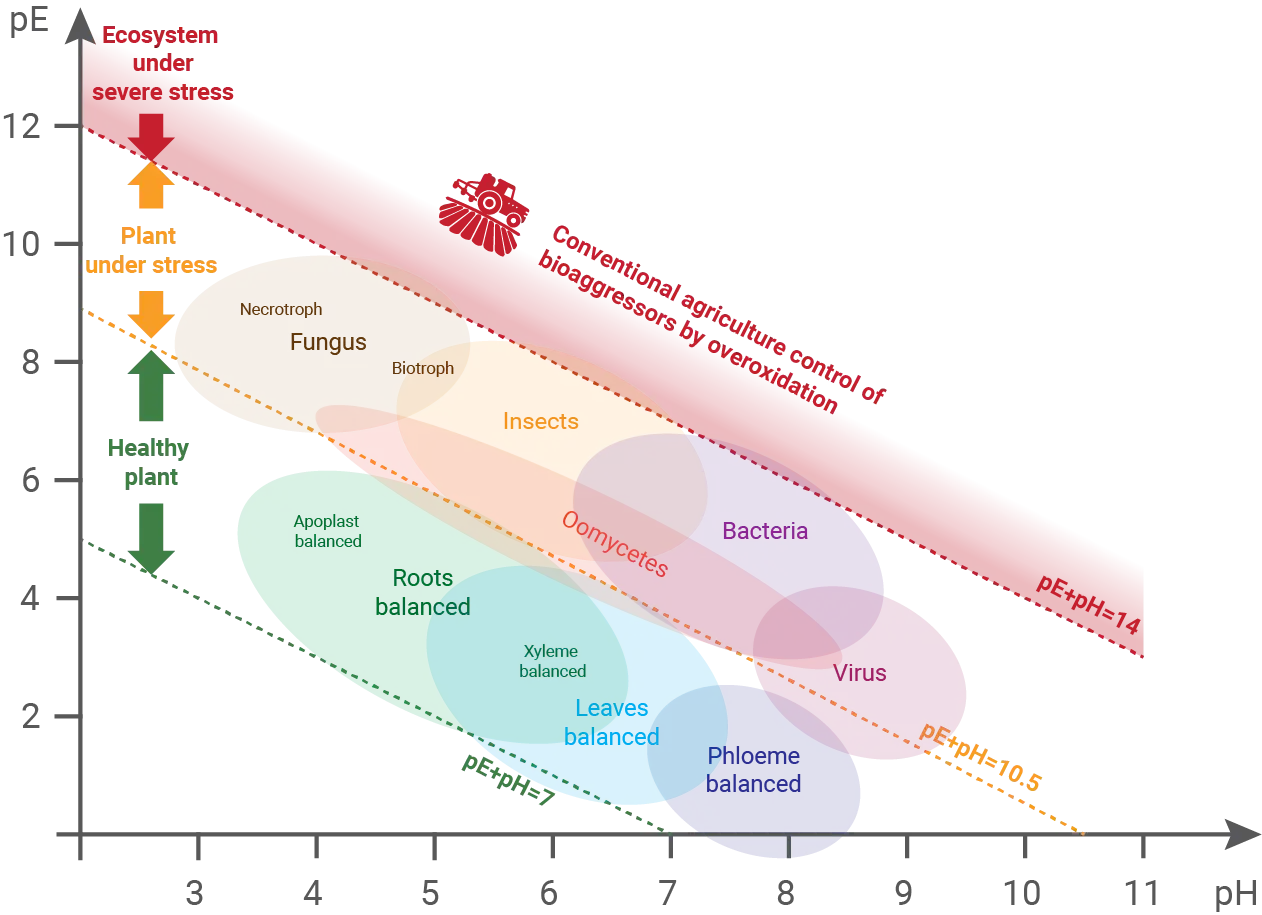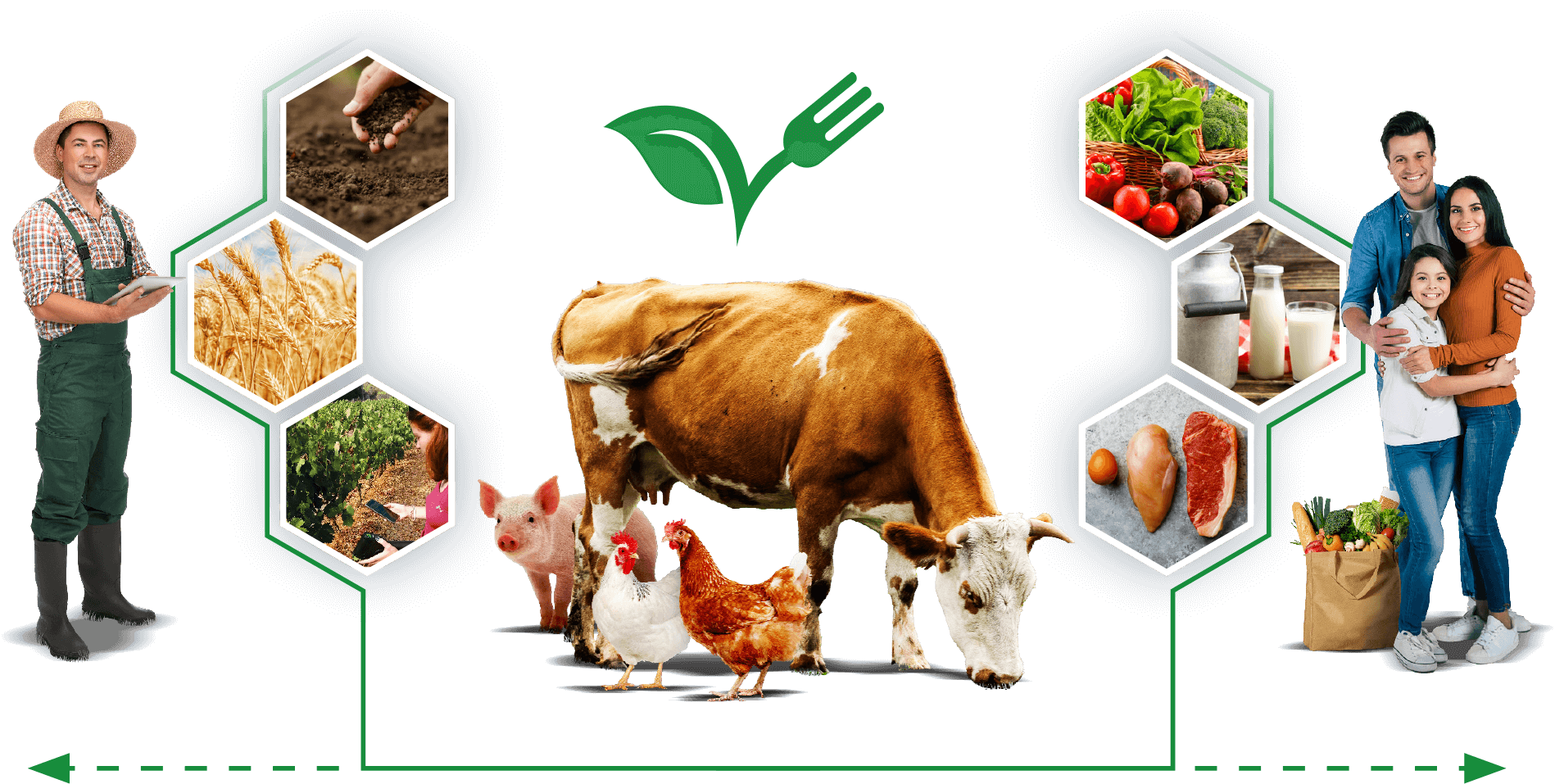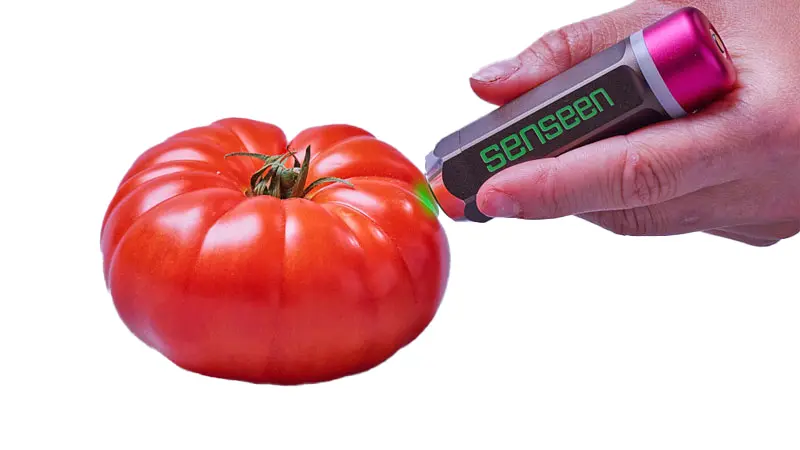Agroecology
Embrace Sustainable Farming with Nutriscope™'s Insights
Agroecology is a common-sense approach to farming that balances high-yield food production with soil health, resource efficiency, and long-term farm profitability. It focuses on working with nature rather than against it, ensuring that farms remain productive, resilient, and independent for generations to come.
At its core, agroecology emphasizes:
- Diversity & Risk Management – Growing a variety of crops and integrating livestock helps reduce dependence on a single crop, improving resilience to weather, pests, and market fluctuations.
- Healthy Soils, Strong Farms – Using methods like cover crops, composting, and reduced pesticide reliance keeps soils fertile and productive, leading to better yields over time without excessive input costs.
- Resource Efficiency – Recycling nutrients, reducing waste, and optimizing farm inputs help lower costs and improve sustainability, making farms more self-sufficient and less dependent on outside suppliers.
- Farmer Independence – By leveraging local knowledge, practical experience, and proven techniques, farmers gain more control over their operations, reducing reliance on corporate ag suppliers and government subsidies.
- Long-Term Resilience – Minimizing dependence on expensive chemical inputs and adopting practices that build soil health and water retention helps farms weather droughts, extreme temperatures, and economic uncertainty.
For us, Agroecology is about empowering farmers with the tools and knowledge to increase profitability, protect their land, and ensure their families’ future.
Bioelectronics: A Science-Backed Approach to Sustainable Farming
The pH/Redox Cross, developed by Dr. Olivier Husson, is a key pillar of our approach to sustainable agriculture. Backed by over 30 years of research, this model explains how redox balance influences plant health, productivity, and soil resilience. By understanding and managing redox conditions, farmers can reduce crop stress, improve yields, and strengthen natural disease resistance.

- At the core of the Redox Cross is the Green Zone—where plants are thriving, resilient, and efficiently using resources. In this zone, plants focus on growth and production, leading to higher yields, stronger immunity, and better soil health.
- However, when plants experience stress, whether from pests, diseases, drought, or extreme weather, they shift into the Orange Zone. Here, plants redirect energy toward survival, slowing growth and becoming more vulnerable.
- The Red Zone is often triggered by human interventions, such as pesticide overuse or excessive chemical inputs. These actions disrupt the plant’s natural redox balance, forcing it to spend up to 80% of its energy just to maintain homeostasis. This weakens plant defenses, reduces nutrient absorption, and can ultimately degrade soil health and long-term farm productivity.
By integrating the Redox Cross into our Decision Support System (DSS), we provide farmers with real-time insights to keep crops within the Green Zone—promoting better yields, healthier plants, and more resilient farming systems.
Bridging the Gap from Farm to Fork
The Future of Nutriscope™
Farming isn’t just about growing more food—it’s about growing better food. The challenge? Nutritional quality isn’t always visible. Nutriscope™ is evolving beyond plant health analysis to measure the actual nutrient content of food. This means farmers can optimize growing conditions, food producers can ensure quality, and consumers can make informed choices based on real data.
A New Standard for Nutritional Quality
Modern farming has focused on yield over nutrients, sometimes at the cost of vitamins and minerals. Nutriscope™ will provide real-time nutrient analysis, helping farmers and food producers track, improve, and validate food quality from field to table.
By bringing nutrient transparency to the food chain, Nutriscope™ is helping build a future where better farming leads to healthier food for all.

